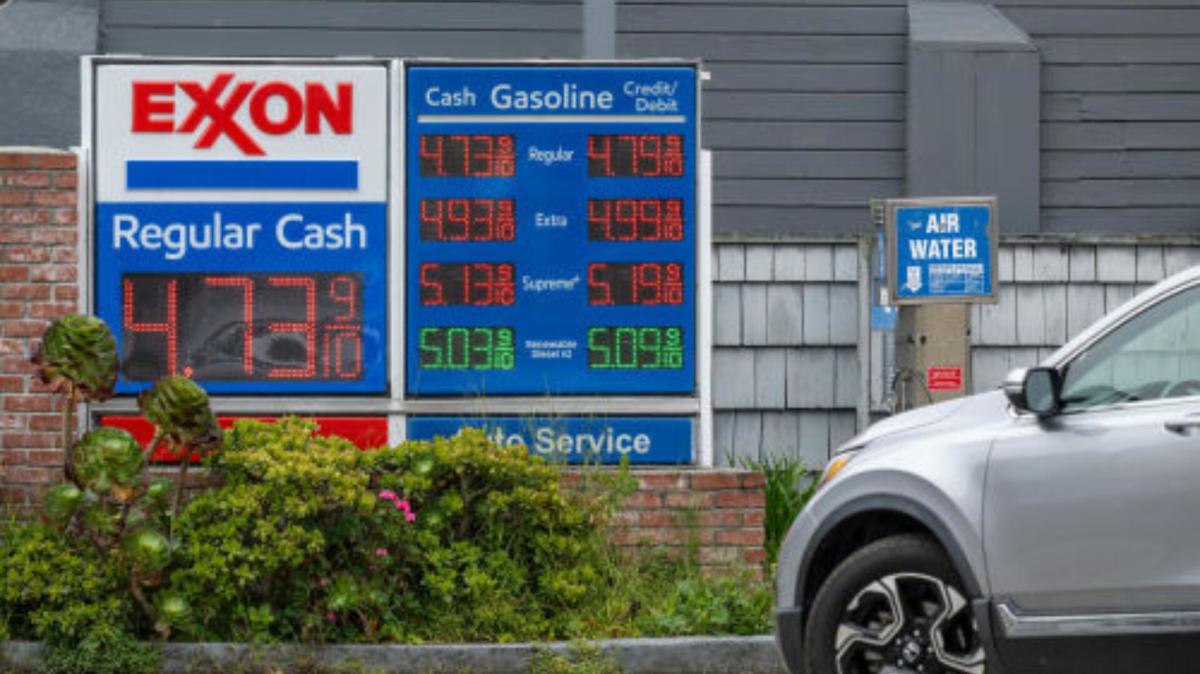ExxonMobil—the second largest oil and gas company by market cap and fourth largest by revenue—is engaged in a cost-cutting restructuring. However, the changes, including many layoffs, aren’t keeping it from making a big bet in the Middle East.
The company has inked an agreement to develop the supergiant oil field Majnoon in Iraq. The name is apt, given the field’s size. In Arabic, Majnoon means crazy, mad, or insane—a perfect description for the estimated 38 billion barrels of oil it contains.
Ghawar Field, Saudi Arabia: 70 bpd
Burgan Oil Field, Kuwait: 66+ bpd
Gachsaran Field, Iran: 66 bpd
Bolivar Coastal Field, Venezuela: 30 bpd
Safaniya Oil Field, Saudi Arabia: 30 bpd.
Source: Worldwide Recruitment. Ghawar estimate: EIA.
Majnoon isn’t the biggest oilfield on the planet—that honor goes to Saudi Arabia’s Ghawar Field, which had over 70 billion barrels of proved reserves in 2013, according to the EIA. Still, it’s massive enough to place it in the supergiant category, an exclusive club comprising fewer than 40 fields out of over 50,000 oilfields worldwide.
The deal could be a needle-mover, but nothing is set in stone. The field has been mired with setbacks for years because of political instability and a revolving door of development partners.
Despite the size of its reserves, Majnoon production is tepid at an estimated 200,000 to 240,000 barrels per day (bpd). That pales compared to Ghawar, which produces 4 million bpd, or the fields in the Permian Basin, a massive formation mostly in Texas, which produces 6.3 million bpd.
ExxonMobil will help develop the Majnoon oil field in Iraq.HUSSEIN FALEH/Getty Images
Majnoon’s lackluster production is mostly due to the decisions of the Organization of the Petroleum Exporting Countries (OPEC) and instability.
Iraq is one of five countries that founded OPEC, an organization consisting of 12 oil-producing member companies that work in concert to manage production and influence oil prices.
Until recently, OPEC tapped the brakes on how much oil it produced to increase oil prices. Lately, however, it’s reversed course, easing restrictions to boost production and ostensibly pressure U.S. shale companies, which have become major players in the world market.
Majnoon production hasn’t been limited only by OPEC, though. It’s also been hampered by a rotating list of development partners, including Royal Dutch Shell, which withdrew from its deal in 2017 over its profit-share with Iraq’s government.
When Shell made its deal to develop Majnoon in 2009, it targeted production of 1.8 million bpd, a bridge that, ultimately, proved way too optimistic.
